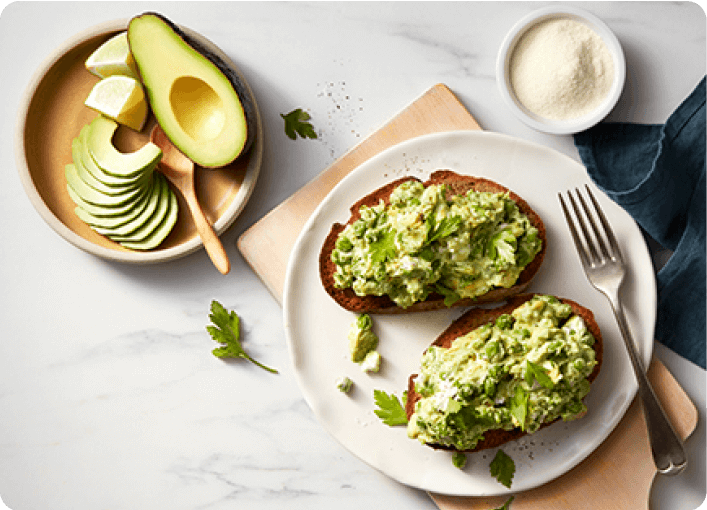About low-GI carbohydrates
- Main Image
-

- Title
- About low-GI carbohydrates
- Description
-
Eating right when you have diabetes doesn’t have to be complex – it is about knowing what is best for you and your diabetes management plan. Knowing which foods are low-GI can be a helpful way of keeping track of your diet. Read on for a breakdown of what ‘low-GI carbohydrate’ means and how this might be helpful.
- Detail Page Path



